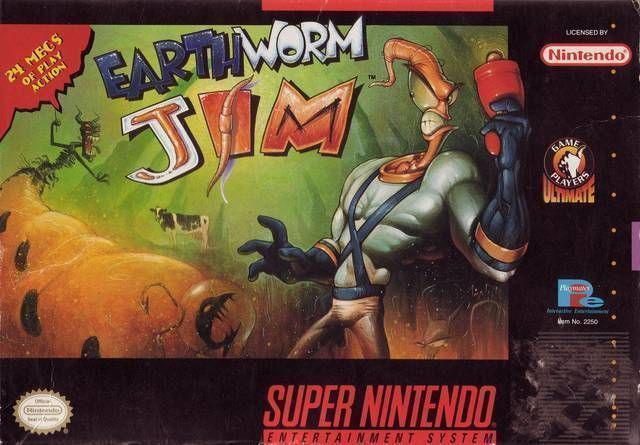

And yet, one of the few instances of a Western developed title that stands amongst the best was Shiny Entertainment’s Eartworm Jim, a series of comical sidescrolling platformers with a clever cast of characters, an amusing universe, excellent music, and innovative level designs. There were numerous American and European-developed titles for the Genesis and Super Nintendo, but they were usually found trailing behind titles from companies like Sega, Capcom, and Konami. Powered by 6 AA batteries, the Game Gear has an approximate battery life of 3 to 5 hours.It may seem strange now, but back in the 16-bit era, the consoles were largely ruled with Japanese games. The screen is backlit in order to allow gamers to play in low-lighting situations. With a frame rate of 60 Hz at a display resolution of 160 × 144 non-square pixels. Its screen measures 3.2 inches on the diagonal and is able to display up to 32 colors at a time from a total palette of 4096 colors, The console contains an 8-bit 3.5 MHz Zilog Z80 chip for a central processing unit, Game Gear was designed to be played while being held horizontally. Short battery life, and questions over the quality of its game library. Reception of the Game Gear was mixed, with praise for its full-color backlit screen and processing power for its time, criticisms over its large size and Which had a full-color backlit screen with a landscape format, as a technologically superior handheld to the Game Boy. It shares much of its hardware with the Master System, and can play Master System games by the use of an adapter. The Game Gear primarily competed with Nintendo's Game Boy, the Atari Lynx, and NEC's TurboExpress. Online emulated version of Earthworm Jim was originally developed for the SEGA Game GearĪn 8-bit fourth generation handheld game console released by Sega on Octoin Japan, in April 1991 throughout North America and Europe,Īnd during 1992 in Australia.


 0 kommentar(er)
0 kommentar(er)
